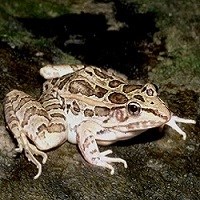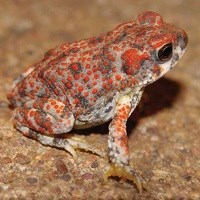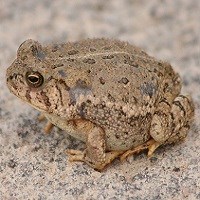|
Quick Facts

NPS Robb Hannawacker Select a Park:Select a Species Category (optional):
Search results will be displayed here.
Amphibians are important species that live throughout Grand Canyon National Park. They are predators of many invertebrate and vertebrate species, and are also an important food source for fish, reptiles, mammals, and birds. Amphibians are very sensitive to environmental change, and are some of the first species to go extinct when a habitat is changed. Because of this, studying amphibians can provide important information about the health of the Grand Canyon ecosystem. Across the world, amphibian species are threatened with extinction and declines in population. Some of the largest threats to amphibians are habitat destruction, poisoning by human chemicals, and introduced species. The protected habitat of the Grand Canyon is an important refuge for these fragile species, where they can continue to exist and thrive. Please observe amphibians from a distance. Amphibians absorb chemicals through their skin, meaning that they can be poisoned by the sunscreen and bug spray on your hands. 
NPS K.Kingsley Canyon Tree Frog 
AZGFD R.Babb One of the most wide ranging frog species, northern leopard frogs were once common in the Grand Canyon, but have undergone major declines and have not been seen in the Canyon in several years. 
USFWS Jim Rorabaugh Red-Spotted Toad

NPS Volunteer These toads live throughout Arizona except for in the arid, western deserts. They are especially common near the Havasupai Gardens and Phantom Ranch Campgrounds. 
NPS Paul Kister Tiger Salamander More Information Arizona's Amphibians. Arizona Game and Fish Select Amphibian Species of the American SouthwestSouthwestern U.S. Amphibian Science |
Last updated: September 5, 2023
